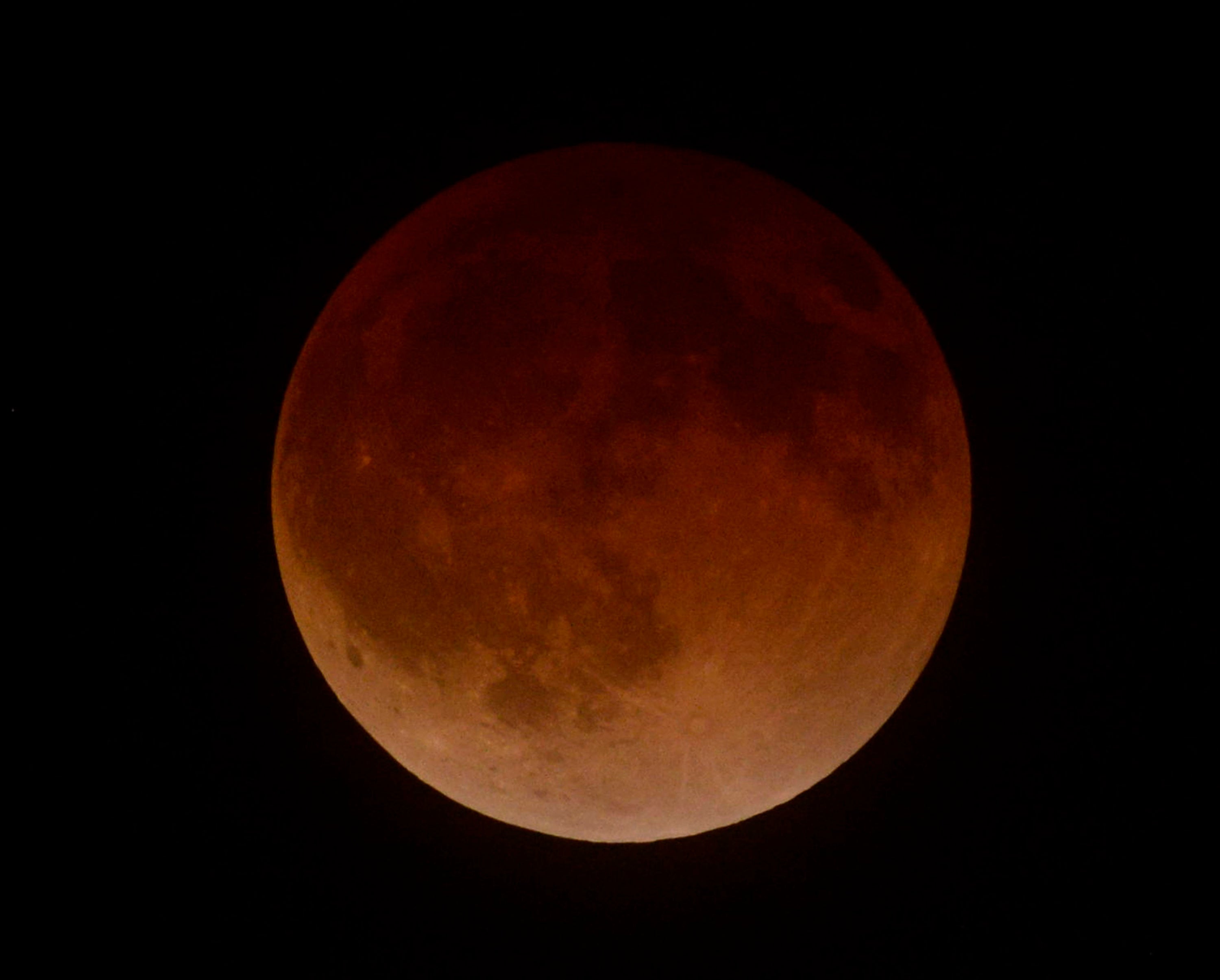Blood Moon: Stunning total lunar eclipse will occur on Wednesday
A 'selenelion' happens when an eclipsed moon can be viewed at the same time as a rising or setting sun

This Wednesday a spectacular astronomical sight will befall the night sky: a total lunar eclipse that coincides with the rising or setting of the sun.
This rare occurrence is called a selenelion and will, unfortunately for us Britons, give the moon a dazzling red sheen for those only on the east coast of the Americas, Australia or the Pacific Ocean.
In North America, it will happen on the morning of 8 October, whereas in Australia it will occur in the evening.
Dr Darren Baskill, Astronomer at the University of Sussex, told The Independent: “A lunar eclipse occurs when the moon goes into the shadow of the earth.
“It usually happens a couple of times a year and depending on the atmospheric conditions of the earth the moon can appear in different shades of red.”
We're able to see the eclipsed moon and the sun at the same time thanks to the Earth's atmospheric refraction causing their images to be lifted higher than they actually are.
Mr Baskill added: “When the moon sets over the east coast of America, in places like New York, the moon will be in mid-eclipse and the sun will be rising, so there will be some dramatic photographs of a mid-eclipse red moon.
“North Carolina, Delaware, and Philadelphia should get some great views of the moon setting and the sun rising. It’s definitely worth getting up a bit earlier to catch a dramatic setting of the moon.”
In the United Kingdom, the sun will be heading towards its highest point in the sky due south and it will be about 10.30am when this is taking place – so eager astronomers here will miss it completely.
According to Space.com, a selenelion is a phenomenon that under the rules of celestial geometry is a technical impossibility.
The Utah People’s Post says that those on the Eastern Seaboard will be able to see a red moon at roughly 5.25am.
Join our commenting forum
Join thought-provoking conversations, follow other Independent readers and see their replies
Comments